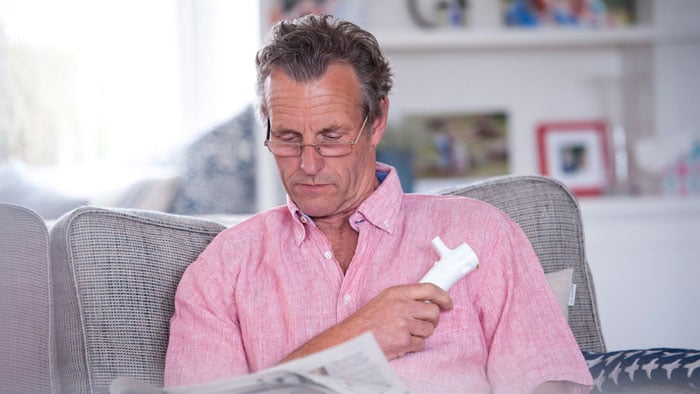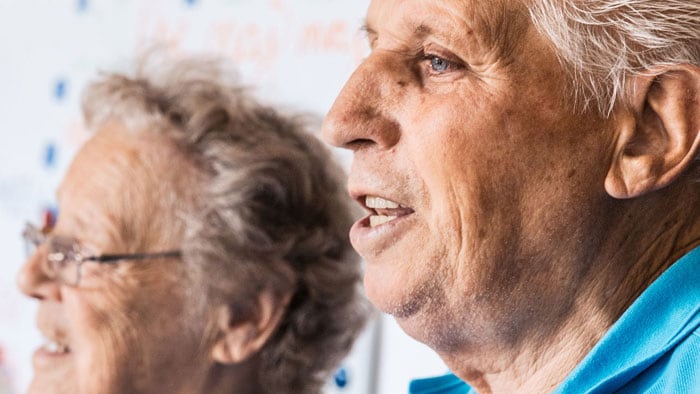Spotting the top 5 symptoms of COPD
The average adult takes up to 20 breaths per minute—or more than 20,000 per day. But for the 12 million Americans who suffer from chronic obstructive pulmonary disease (COPD), the simple act of inhaling and exhaling can feel like a lot more work.
What is COPD?
COPD is a lung disease that makes it difficult to breathe. One of the main causes is prolonged exposure to cigarette smoke, especially if the smoke is inhaled. But breathing in secondhand smoke, air pollution, chemical fumes or dust from the environment or workplace also can cause the condition. There’s no cure for COPD, and it tends to get worse over time. But by managing symptoms proactively, COPD patients can slow the disease’s progression and continue to do more of the activities they enjoy.
Symptoms of COPD
There are several telltale symptoms that indicate a person may have COPD. Some of the most common include: Other common symptoms typically include tiredness and frequent colds or flu. COPD can cause other, more severe symptoms as well, including weight loss, lower muscle endurance and swelling in the ankles, feet or legs.
Taking Action Against COPD
There’s no cure for COPD, but lifestyle changes and treatments can help COPD patients feel better, stay more active and slow the progression of the disease. Together, you and your doctor can develop a COPD management regimen that includes: If you suspect that you or someone you know may have COPD, talk with your doctor. Together, you can take control over your breathing problem and continue living the life that you love. Sure, Poncet might be an elite athlete. But he still believes that anyone with COPD can use portable oxygen to be active in whatever way works for their life—be it cycling up a giant peak or simply taking a stroll down the street. “Every step we do, it’s a new adventure,“ he says. So, what’s yours?


